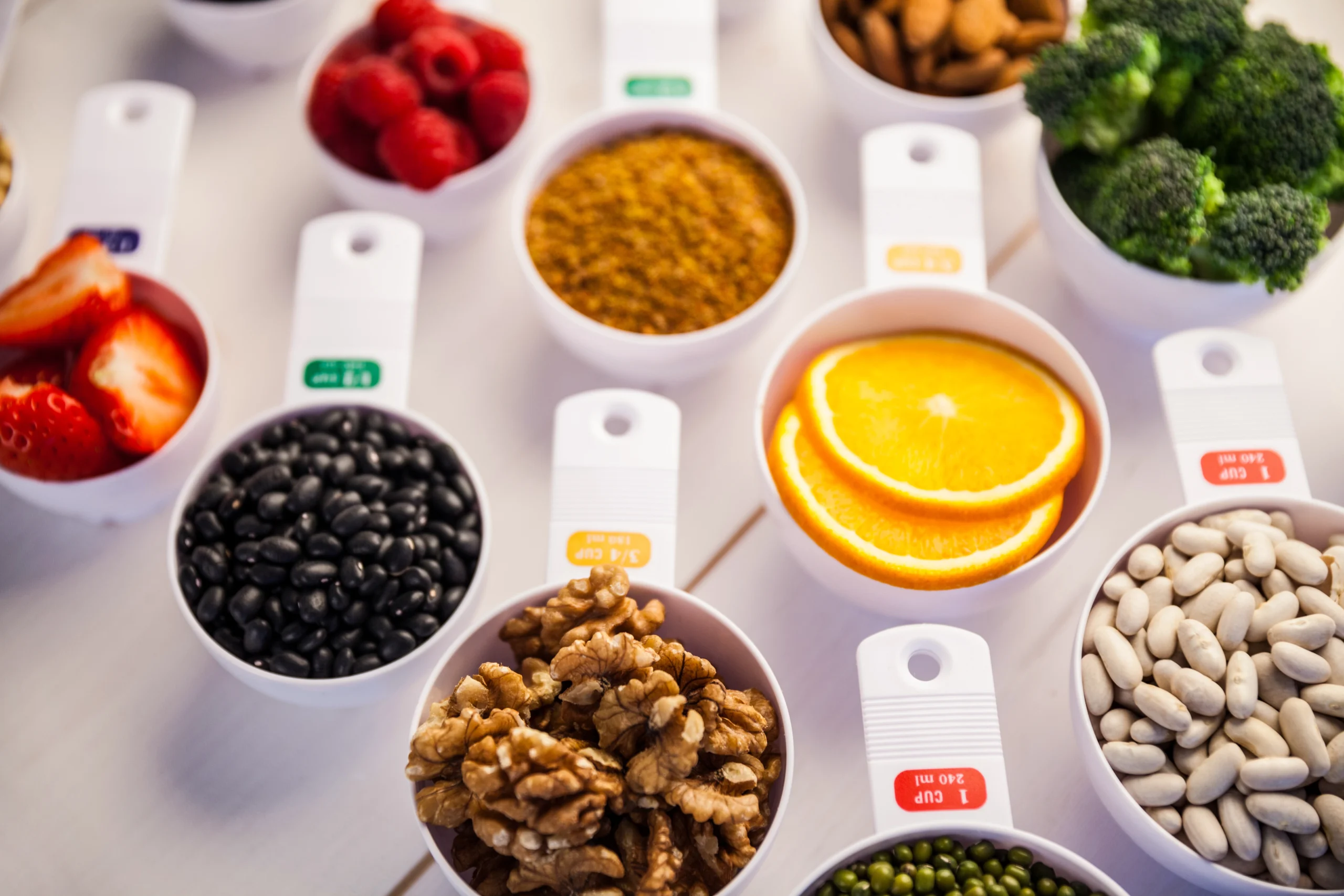Key Takeaway:
Discover how to maintain a nutritious diet without straining your wallet. Here are five essential nutrients you can obtain from affordable, easily accessible foods (budget-friendly foods).
Table of Contents
Introduction
Eating well on a budget can be a real challenge. With rising grocery costs, many families find themselves compromising on nutrition to save money. But what if you could access all the nutrients your body needs without breaking the bank? In this article, we’ll show you how to get five crucial nutrients from budget-friendly foods, helping you save while eating well. These simple, practical tips will make a big difference for both your health and your wallet.
Section 1: Protein – Power on a Budget
Get Your Protein from Inexpensive Sources
Protein is vital for muscle growth, immune health, and overall well-being, but premium protein sources like meat and fish can be pricey. Thankfully, there are plenty of budget-friendly alternatives.
Best Budget-Friendly Protein Sources
- Eggs: Eggs are among the most versatile and inexpensive sources of high-quality protein. One large egg provides around 6 grams of protein, costing just a fraction of what you’d pay for chicken breast.
- Lentils and Beans: Both are cost-effective, protein-packed options, offering up to 18 grams of protein per cup. Lentil soup or bean chili is a filling and healthy option for any meal.
- Peanut Butter: Packed with protein and healthy fats, peanut butter is an economical way to boost protein intake, especially for children.
Section 2: Iron – Avoiding Deficiency for Less
Iron-Rich Foods That Are Light on Your Pocket
Iron plays a crucial role in carrying oxygen throughout your body. A deficiency in iron can lead to fatigue and weakness, so it’s important to keep your intake up, even when watching your budget.
Best Sources of Affordable Iron
- Canned Sardines: These small fish are not only rich in iron but also high in omega-3 fatty acids. A can costs much less than red meat and can be added to salads or eaten on toast.
- Spinach: Whether fresh or frozen, spinach provides a budget-friendly boost of iron. Including it in your diet through salads, smoothies, or as a side dish is a cost-effective strategy.
- Fortified Cereals: Many breakfast cereals are fortified with iron. Compare prices at your local store, and opt for generic brands to save money without compromising on nutrition.
Section 3: Vitamin C – Boost Your Immunity Without Overspending
Inexpensive Vitamin C Sources
Vitamin C is essential for immune health, skin repair, and iron absorption. The good news is, this vitamin is easy to find in affordable produce.
Budget-Friendly Vitamin C Options
- Oranges and Citrus Fruits: Fresh oranges, lemons, and limes are not only affordable but also loaded with vitamin C. You can often find bags of oranges at great prices, particularly when they’re in season.
- Bell Peppers: Red, yellow, or green bell peppers contain more vitamin C per gram than most fruits and are cheaper than you might think, especially when bought in bulk.
- Potatoes: Surprisingly, potatoes are a good source of vitamin C. Baked or boiled, they’re an inexpensive way to add this immune-boosting nutrient to your diet.
Section 4: Fiber – Stay Full for Less
Affordable High-Fiber Foods for Digestive Health
Fiber is crucial for digestive health, helping to prevent constipation and keep you feeling full for longer. But high-fiber foods don’t have to cost a fortune.
Top Budget-Friendly Fiber-Rich Foods
- Oats: Rolled oats are incredibly affordable and packed with fiber. A bowl of oatmeal at breakfast will keep you feeling full and energized well into the morning.
- Carrots: Cheap and versatile, carrots are a great source of fiber. Snack on them raw or roast them as a side.
- Whole Grain Pasta: Making the switch from white pasta to whole grain can boost your fiber intake without significantly impacting your grocery bill.
Section 5: Calcium – Strong Bones on a Budget
Sources of Calcium That Won’t Break the Bank
Calcium is essential for strong bones and teeth. While dairy is a common source, it isn’t the only affordable option.
Low-Cost Calcium-Rich Foods
- Canned Fish with Bones: Canned salmon and sardines are both rich in calcium, thanks to their edible bones. Plus, they’re often much cheaper than fresh fish.
- Tofu: Many tofu varieties are calcium-set, providing an excellent source of this mineral. Tofu is also versatile and affordable, making it an easy addition to stir-fries and soups.
- Milk: Powdered milk is often cheaper than fresh milk and has the same calcium content. Use it in cooking, baking, or even in your morning cereal.
Conclusion
Eating a balanced diet full of essential nutrients doesn’t have to come with a high price tag. With these five budget-friendly nutrients and their corresponding food options, you can maintain a healthy lifestyle without exceeding your grocery budget. Start incorporating these inexpensive alternatives today, and notice the difference in both your health and your wallet. If you found these tips helpful, share this post with friends or leave a comment below about your favorite budget-friendly foods!

